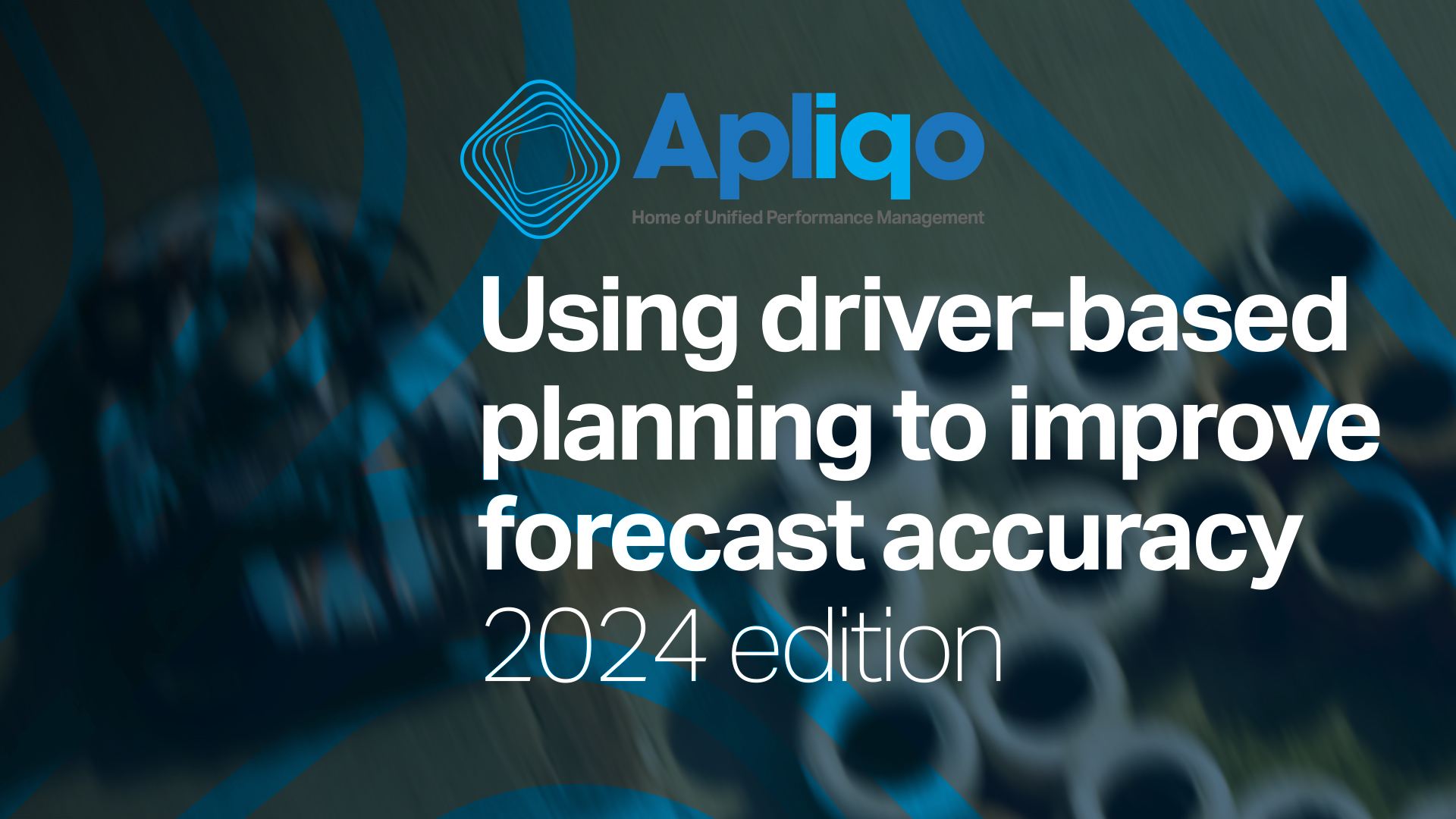Various challenges force companies to dismantle old, cost-inefficient structures. In looking for new budgeting options, a well-known but controversial method is moving back into the limelight: zero-based budgeting (ZBB).
Growth challenges, cost pressure and new competition from the Far East – the challenges for companies seldom come alone. CFOs are therefore faced with a frantic fall of planning. Above all, there is currently high demand for new methods of efficient and flexible budgeting. An old trend that dates back to the US in the 1970s is reemerging, seemingly right on cue. Back then, Peter Phyrr, a former manager at Texas Instruments, came up with the idea of zero-based budgeting and successfully implemented it in his company.
Start from zero
In zero-based budgeting, the budget is recalculated from scratch every year. All expenditures for the next period must be justified anew. In other words, the planning stage always starts from zero and assumes that every function must be regularly reviewed with regard to its cost and benefit – unlike most common processes in which planning always begins with the current budget. The advantages are obvious: The various budget items are calculated based on the immediate needs of the different departments for the following year and not simply based blindly on the previous year’s budget or expense level. This enables inefficient and rigid structures to be dismantled. The objective is to thoroughly review and justify every planned expenditure so that all budget items are only released and approved if they are indeed required to the given extent.
Sustainable cost management
It may sound simple, but it’s actually quite profound. Zero-based budgeting involves far more than simply creating a budget from scratch. ZBB is a circular process with the clear objective of establishing sustainable cost management within the company. This is facilitated by the fact that ZBB is applicable to every type of cost. Whether it be investments, operating expenses, marketing costs or sales expenditures – all corporate items can be rebalanced from scratch. At the same time, a method dating back to the 1970s may obviously have difficulty depicting the complexities of today’s business world. Modern solutions are required so that the ZBB process can be implemented in an efficient, transparent and effective manner.
Identifying and justifying expenses – a specific example
Let us assume a company in the engineering industry implements zero-based budgeting. This process requires closer scrutiny of costs in the company‘s manufacturing department. The CFO subsequently realizes that the costs of certain components that are used in its end products and have been outsourced to another manufacturer, increase by 5% every year. However, the company has the know-how and technology to manufacture these components in-house. After carefully weighing the positives and negatives, the company determines that it can produce the components less expensively than its external supplier and that it should do so internally.
In the past, the company may have in this case simply blindly increased the budget for purchasing the corresponding components and cleverly disguised the increase. However, by applying zero-based budgeting, it was able to identify potential alternatives and assess whether it would be better to manufacture the parts itself. Cost drivers within departments cannot be identified using the traditional budgeting methods. In contrast, ZBB is a detailed process that aims to unmask and justify expenses. It is important that the costs of the ZBB process themselves always be weighed against the savings, as zero-based budgeting usually involves more time and effort.
Planning tools as the basis for ZBB
It only makes sense to implement ZBB if the entire process can be executed efficiently, transparently and effectively. Planning solutions such as the Apliqo C3 Performance Management Suite provide the basis for this, as such analysis tools can be used to identify key demand and cost drivers. These value drivers allow detailed bottom-up sub-plans to be drawn up for sales, material costs, personnel costs, operating expenses and any other relevant expense items that ultimately result in integrated planning. This enables a holistic view of the income statement, balance sheet and cash flow, which are based on ZBB methods and therefore efficiently allocate costs.
Do you wish to know more about zero-based budgeting? Register HERE for our upcoming webinar.







